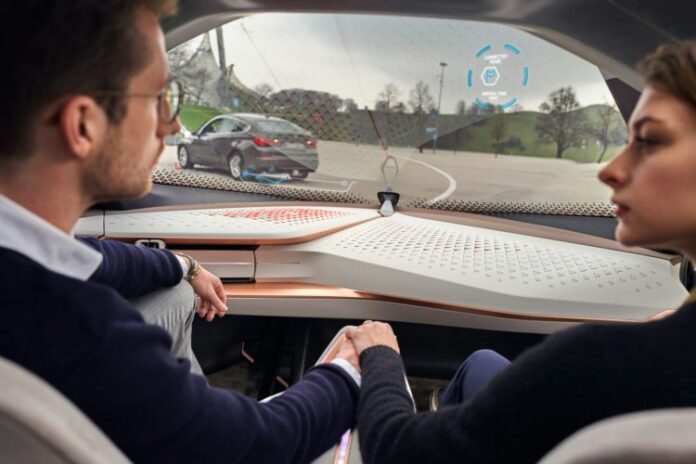ExteNet Systems CTO Tormod Larsen discusses the network infrastructure advancements needed to realize the future of fully autonomous driving.
In a recent interview with RCR Wireless News, ExteNet Systems CTO Tormod Larsen shared his perspective on how network infrastructure will have to change in order to support the increasingly connected cars filling roadways today, along with the autonomous vehicles that seem poised to hit roads at a larger scale in the coming years.
“When we talk about connected cars and autonomous cars it’s actually a wide range of definitions,” Larson said. “Today you have some limited connectivity,” like OnStar and other vehicle services, as well as in-vehicle Wi-Fi, mapping software with over-the-air updates and other applications. “We’re pretty much there today. As we start taking the next step of assisted driving all the way to driverless, it’s becoming a different set of requirements.”
Larsen said those requirements are a good fit with current “5G” frameworks, including a massive number of connected objects, like cars, ultra-high bandwidth and reliability.
“To get completely to a fully automated driverless car we still have a way to go,” Larsen said. “I think it’s an evolution on one hand. You have obviously, from a cellular perspective, you’ve gone through different generations of networks. But what’s changing a little bit in the way you look at it is what is the underlying architecture of the network to be able to meet these needs. What we’ve been doing for a long time is building what we call distributed networks,” marked by small cells, Wi-Fi and cloud radio access network architectures.
Larsen also addressed the latency expectations of driverless vehicles and other IoT applications.
“The more real time they need to be, latency in the network becomes critical,” Larsen said. “It’s not only the RAN functionality that needs to be distributed close to the edge, but also what has traditionally been in the core network,” like routing and switching. It needs “to look more like a data-centric network rather than a voice-centric network. Some of the use cases [for driverless cars] require as close to real time as possible otherwise you run the risk of accidents and other things.”

